As the Precision Rifle League gains popularity in the UK, Steve Rawsthorne explores a brutal European challenge - the Viking Rifle Series, set against the unforgiving Nordic landscape
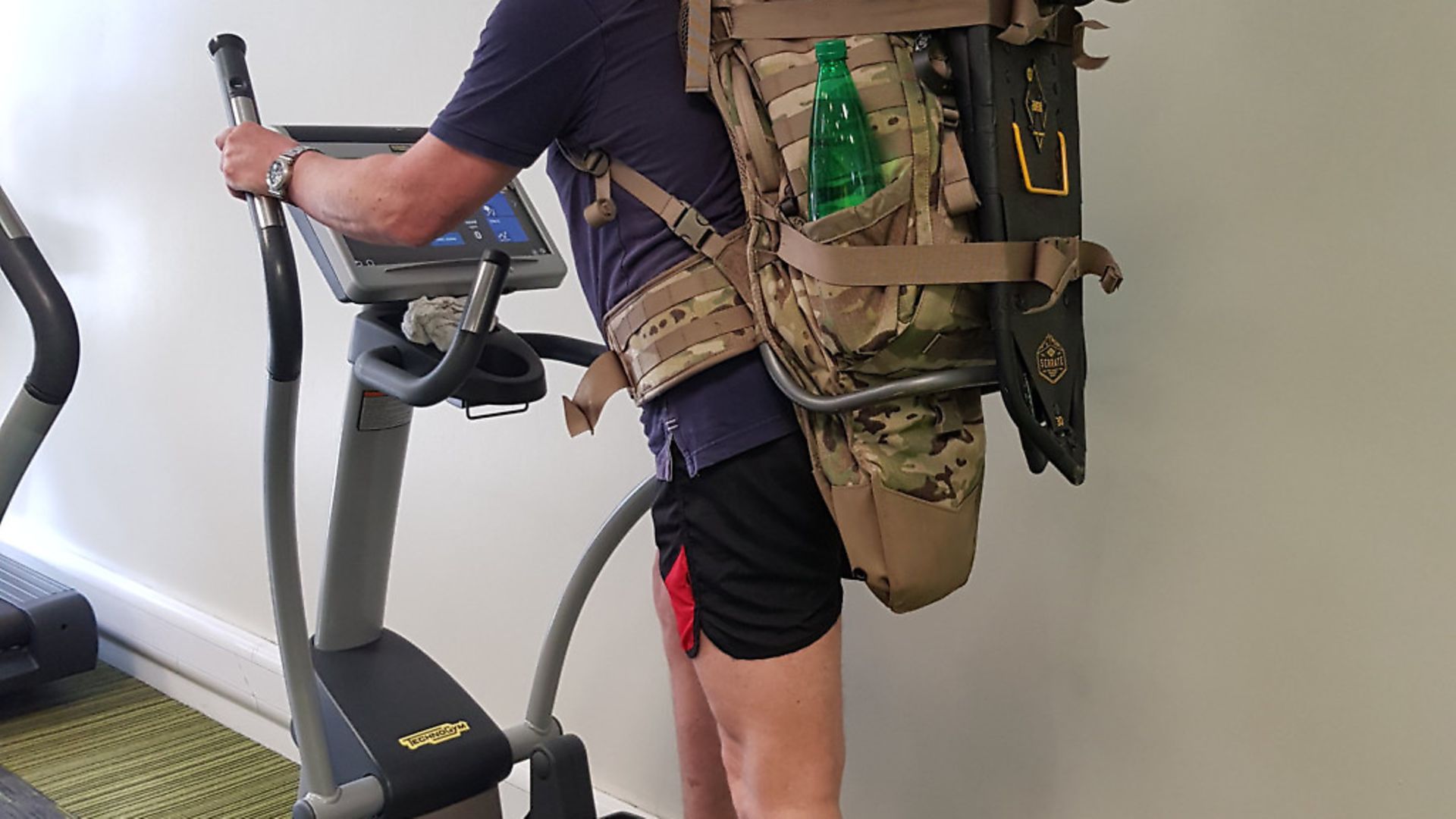 credit: Archant
credit: Archant
In the UK, we are just starting to find our feet with the four matches in our new Precision Rifle League. It may come as some surprise to know that in continental Europe there is a strong, established precision rifle shooting league and they welcome British shooters, should you fancy travelling. Some time ago, I heard about a midnight sun rifle shoot; intrigued, I followed it up and discovered the Viking Rifle Series, which offers matches in Norway, Sweden and Finland. This year, there are 11 matches in the series.
I managed to get in contact with the organisers of the NM Langhold match, the series finale for the 2018 season, held in Bjoneroa in March. After a few emails, they very kindly invited me to attend. The information I was given included: last year, it was -26°C; it would involve snowshoeing 30km over two days carrying everything you need for the day with you; and the shooting stages would be between 300m and 1,200m altitude in the mountains of Norway.
This finale required shooters to go back to basics - that meant no laser rangefinders, no ballistic calculators or apps, no wind metres. On the unknown distance targets, I would have to mil the target to establish the range. Sounds like a challenge, so I signed up! Flights booked, car hire and accommodation sorted, there was no going back.
I have a semi-custom 6.5 Creedmoor with a blueprinted Remi action that normally sits in an AICS stock and has a very heavy barrel. Because I would be carrying all my kit, I wanted to save as much weight as possible. A PSE Mil-Spec stock from Edi Graf in Ireland saved nearly 1.5kg and Paddy Croft of Patrick Croft Gunmakers did a great job of rebarreling it with a lighter barrel. A bit of luck on one of the shooting forums and I picked up an Eberlestock Gunslinger 2 pack for half price - a brilliant bit of kit and, as it turned out, most of the Norwegian and Swedish competitors were using it too.
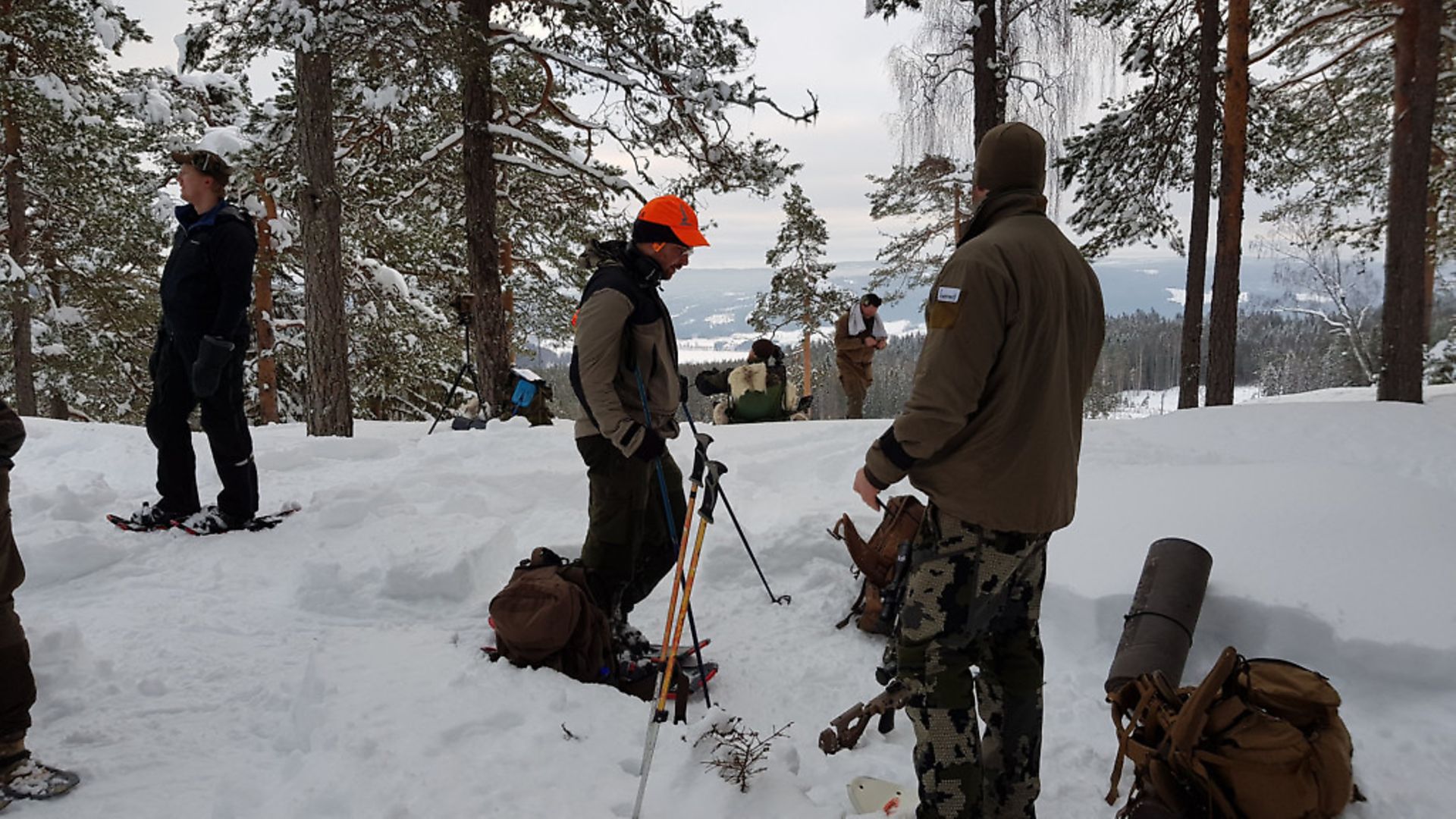 credit: Archant
credit: Archant
NORDIC TARGET SHOOTING CHALLENGE
The cold is a really serious consideration; you can die very easily in these temperatures and there were several accounts of shooters getting frostbite on this event. A call to my friend Erik As, head of training at Aimpoint in Sweden, and he sorted out the loan of a set of Taiga cold-weather clothing. They make gear for many of the Special Forces around the world - really comfortable, warm and light but not restrictive, I recommend it. I'm trying not to send it back.
Snowshoeing is not something I have done before, but the first day of the match was expected to be a long one at 20km. I weighed my pack and with the rifle, ammunition, water, food and clothes, etc, it went to 24kg. I normally work out four or five times a week in the gym, so I changed my routine a bit and spent a lot of time on the treadmill and cross-trainer at maximum incline with a 20kg pack on my back and a 2kg weight on each leg. For the three weeks immediately before the match, I trained every day.
Last but not least was ammunition. According to the organisers, I would need to take at least 180 rounds. In these cold temperatures and altitudes, ammunition performs differently to the mild south of England. The air is denser as a result of the cold and the bullet slows down faster and drops about 20cm more at 1,000m, which is enough to miss a target. I spent a lot of time on my range, testing ammunition, chronographing it and running it through Strelok Pro to be as ready as I could be.
And so, on 14 March at 5.15am, I was at Gatwick Airport for an early flight to Oslo. My preparation was almost wiped out at that point, as the Norwegian Airlines website said travellers must have their ammunition, bolt and rifle in the same locked case, but the check-in staff made me take out the ammunition and put it in my checked hold luggage. I checked my gun out with Customs and as I was about to board the plane, I was pulled aside, missed my flight and spent two hours with two policemen, who I have to say were really helpful. My other half was on the flight without me and I caught her up in Norway three hours later!
Bjoneroa is on the shores of the fourth largest lake in Norway and it is stunningly beautiful. There was around a metre or more of snow and the lake was frozen solid. People had been ice fishing on it in places, and you could see where they had cut holes with chainsaws. It was much warmer than expected; like us, they were enjoying an early spring, only at -6°C. The house we had rented was delightful with fantastic heating. As the owner said, "here, heating is a matter of life or death". Next day, I checked my rifle with a few shots and did an hour's practising my snowshoeing skills, packed my rucksack and cogitated. I have to admit I was a little nervous.
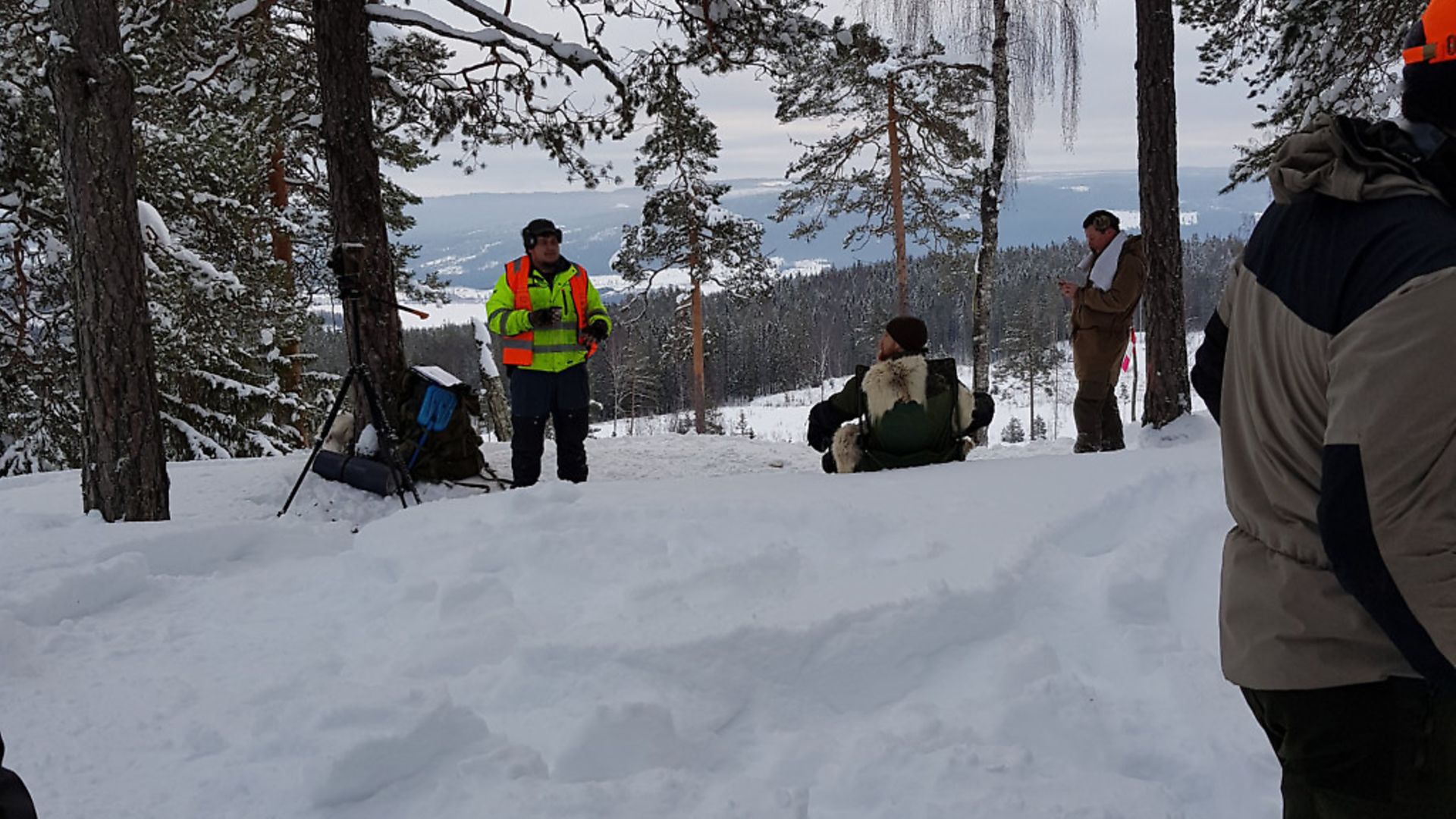 credit: Archant
credit: Archant
VIKING RIFLE SERIES - STAGE 1
Briefing the next morning was at 5am in a car park - actually, someone had driven a tractor over an acre of snow and compressed it to only a half metre, which seemed to work. At 5.30, we left the cars and started a two and a half hour snowshoe trek uphill to our first shooting range. There were to be six different 'ranges' that day, each with two stages on it and it was to be shot 'hot range', i.e. as soon as you finished shooting stage one, you reloaded and shot stage two.
I was glad of all that time in the gym when we arrived at range one. We had a briefing from the RO, and then it was time to get on with it. Stage Alpha was named 'I'll have a Coke'. A 10x30cm steel plate hanging at 1,000m, and you had one minute to dress forward on the command and make five shots - nice easy start then! There was no wind that one could feel and my breath seemed to hang in the air. We were shooting from one hilltop across a valley to another hillside, and there was obviously something going on with that wind. I hit some and missed others and there was no 'splash' in the snow to show where the misses were going.
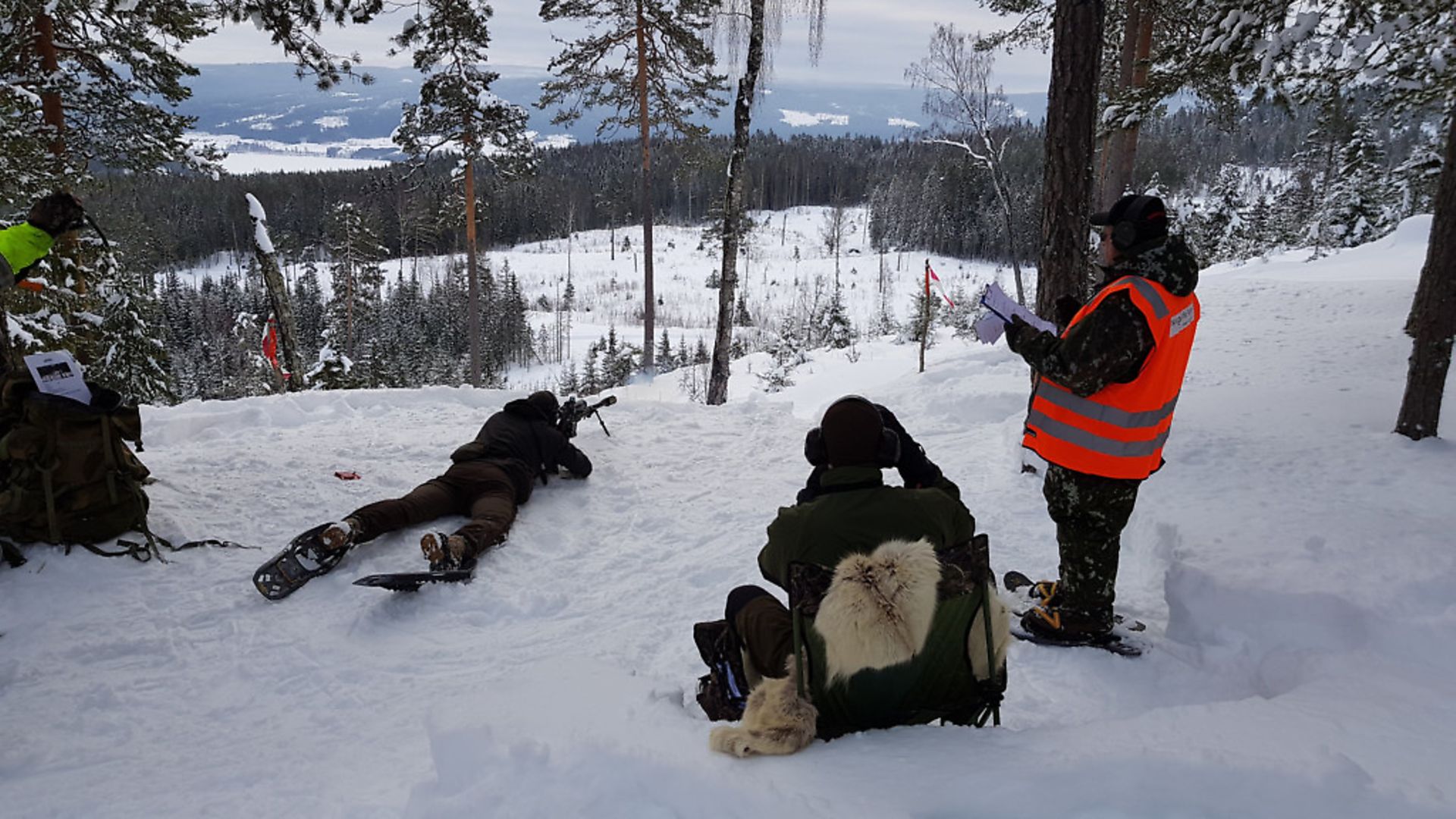 credit: Archant
credit: Archant
VIKING RIFLE SERIES - STAGE 2
Stage two had six different targets at ranges between 320m and 1,100m; there were no numbers on them and they went 1, 2, 5, 4, 6 then 3 to the far right. At the briefing, I drew a little diagram of the targets and the distances, then added the drop in mils before I shot; I had the page open on the snow beside me as I shot. The rifle butt had to be on the ground, bolt open, no contact with it. The RO would call a target number at random and then an electronic timer bleeped, and you had 10 seconds to grab the rifle and make two shots on the target, then bolt open and repeat until you had shot all six gongs. It is much more challenging than it sounds.
Our little team of five finished and we stripped down to a T-shirt and a fleece pullover for the hike to the next stage; you want to sweat as little as possible when snowshoeing, then layer up when you get to the next stage and stop, otherwise your sweat will freeze on you. That said, it was not too bad, -10°C or so in the hills.
When we arrived at a stage, there was always the team in front of us just starting to shoot, so we had time to prepare and eat a snack bar or something. It is vital to manage your water and food intake in these extreme environments.
Snow gets everywhere; just keeping your ammunition and magazines dry to avoid pressure spikes is difficult. You need a thick pair of gloves and lining gloves, which is what I shot in, and it was mandatory to shoot with snowshoes on so that it was the same for every competitor. By the end of the day, I had forgotten they were there.
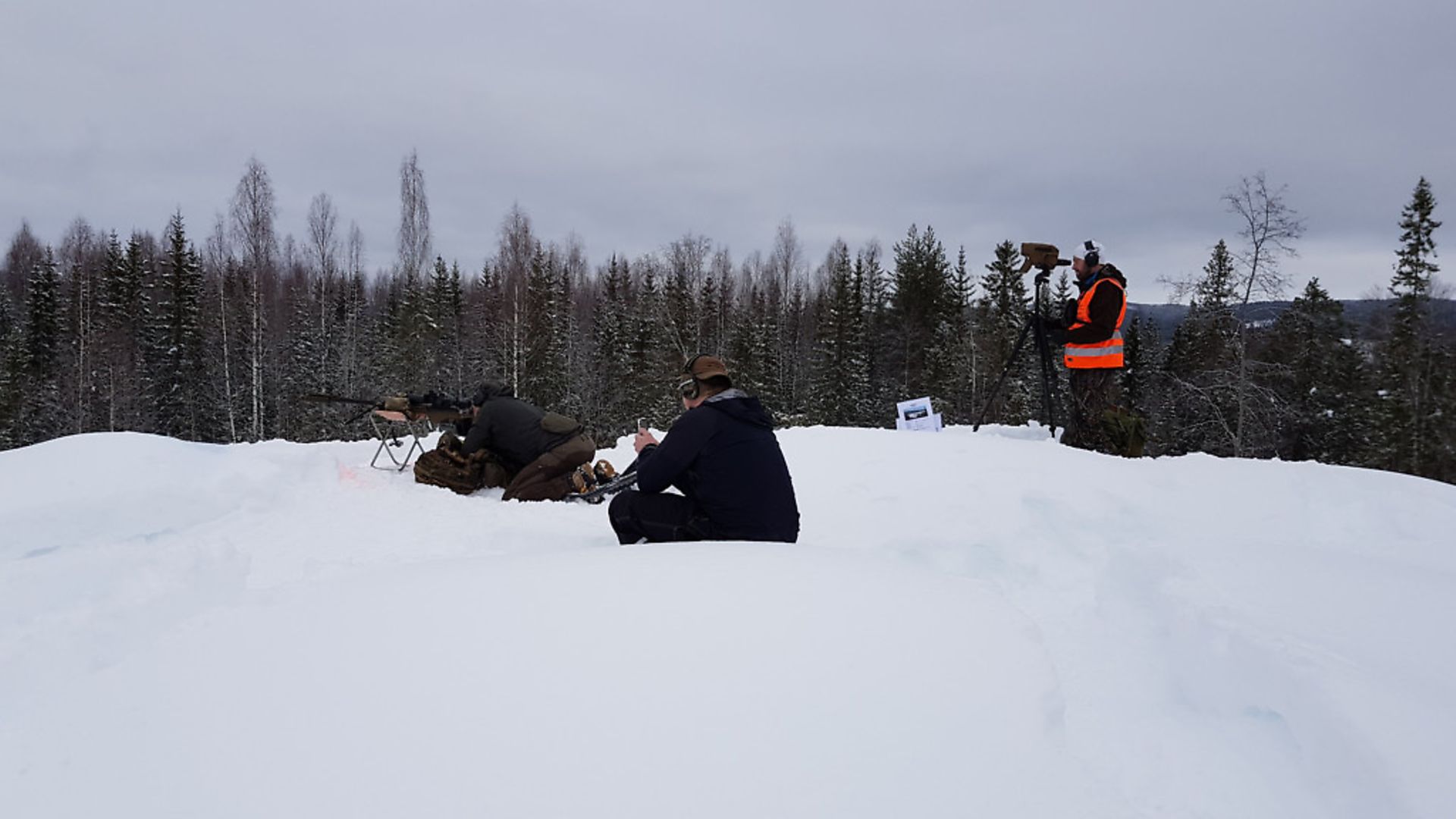 credit: Archant
credit: Archant
TESTING TARGET SHOOTING
We shot three more ranges: six stages of testing targets, always dialling up and down or holding over, sometimes having to move position 10 or 15m (you might shoot two targets then move to shoot the next two), all within strict time limits. On the unknown distance targets, there were painted posts close to the target; you were given the size of the post and then from there, using the reticule in your scope, you had to calculate the range to target and then dial in as necessary. This is why it is vital to have the reticule in the first focal plane and I would strongly recommend metric scale rather than MOA, or you will be multiplying by 34.4 in your head as well. At my steel target range near Hungerford, you can practise all the positional elements, barriers and barricades and try out a range of aids to see what works for you, as well as milling targets to establish distance.
We had been told that there was a low stage and a high range. As we had spent two and a half hours climbing in the morning, I assumed we were on the high range. I was, of course, wrong! Between range four and five we hiked four kilometres, all uphill, some of it up 45° slopes. The next stage involved making two shots onto each of three blue targets, about 400m to 800m, running 50m to a different firing position, painted yellow in the snow, then shooting the yellow targets from there, at 500m to 1,100m, in two and a half minutes.
The next stage was resting over a canvas fishing stool: five shots on a 750m target in one minute. This was where all those guys who had brought shooting pillows, tripods and other aids really scored, as without proper support for your rear hand and body, it was tough. We finished the final targets at 1,200m and then started the two-hour trek down to the cars, arriving at 7.30pm, 14 hours after we left them. The only time I had been off my feet all day was when I was lying down to shoot.
Next day, I was expecting to feel really stiff and sore, but actually I was fine, the training paying off again. It had been snowing heavily through the night, and still was, and the wind had got up. We set off in a convoy to the start point, the non-4WD vehicles getting stuck several times. I was wondering how we were going to see the targets in this, let alone shoot. We trekked around 3km to the start point and the match director told us it was abandoned due to the weather conditions. It was impossible to see the targets, as the snow blows onto them and freezes there, giving you a white snow-covered target in a sea of snow.
We headed back to the gym in Bjoneroa, where most of the competitors were staying and awaited the calculation of the results. The winner of the final match was also the winner of the overall series, having showed brilliant shooting throughout the year and very consistent. I was not on the winner's podium! But I had a great time, learnt a lot and I will certainly be back.
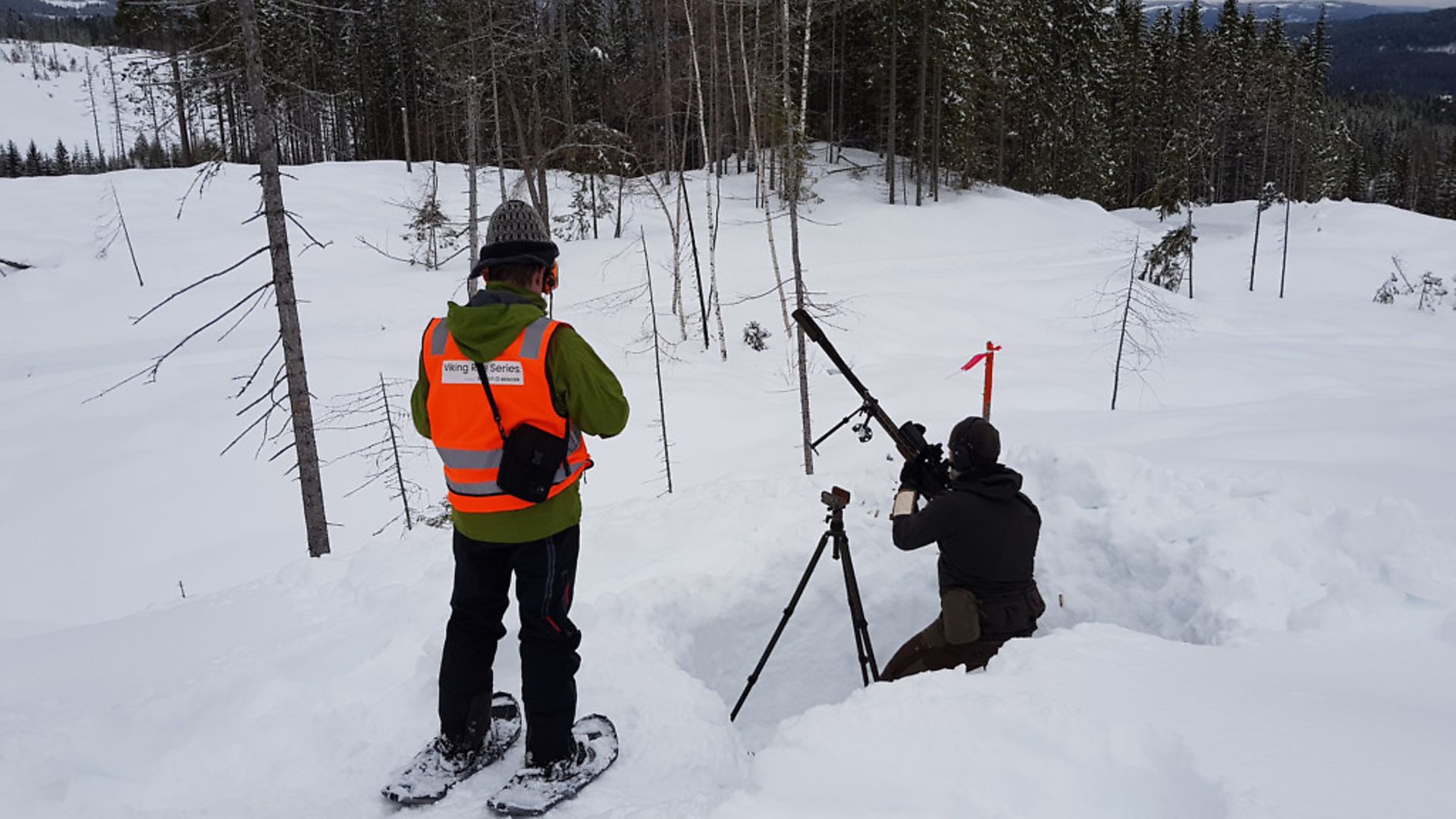 credit: Archant
credit: Archant
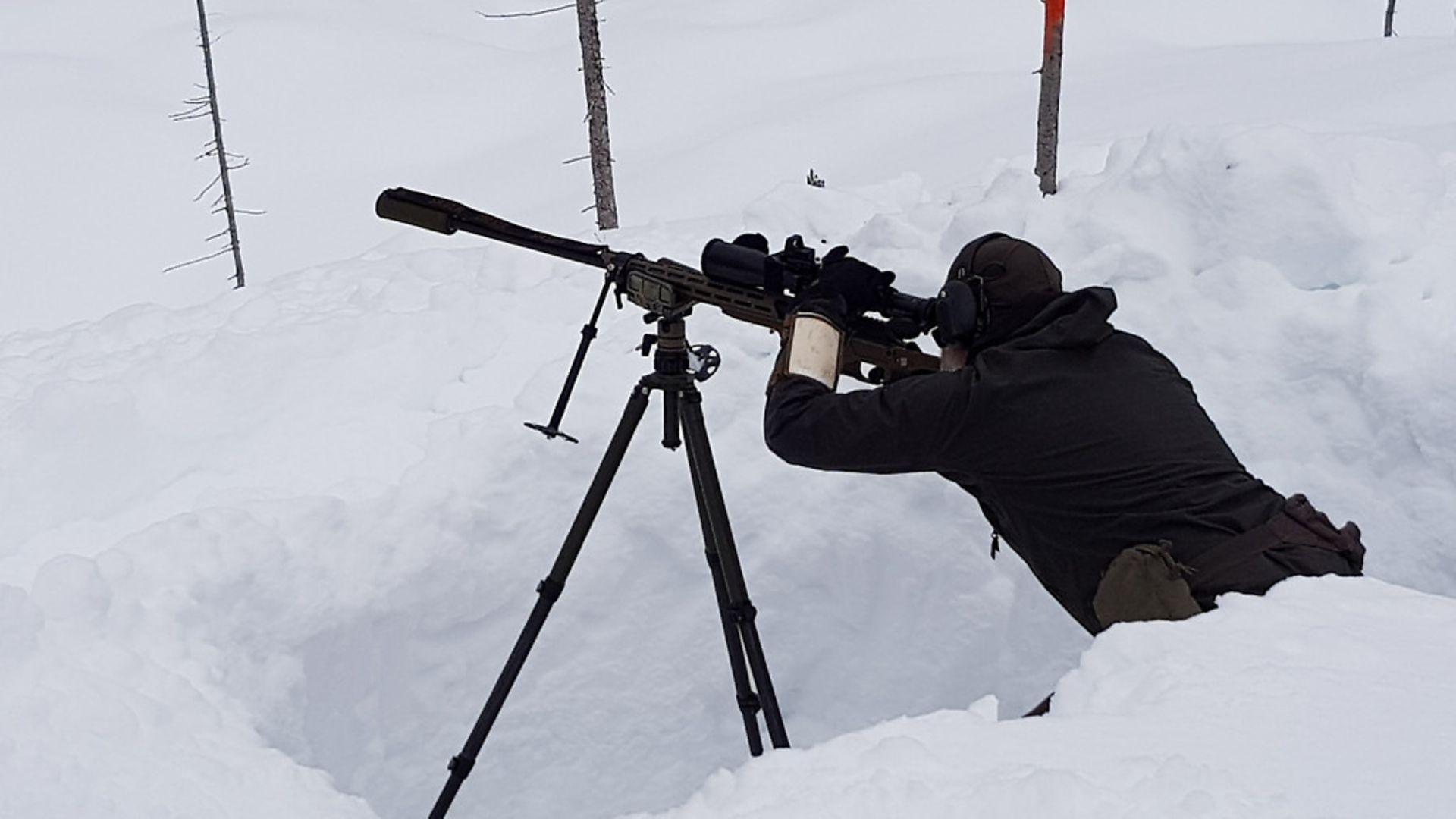 credit: Archant
credit: Archant
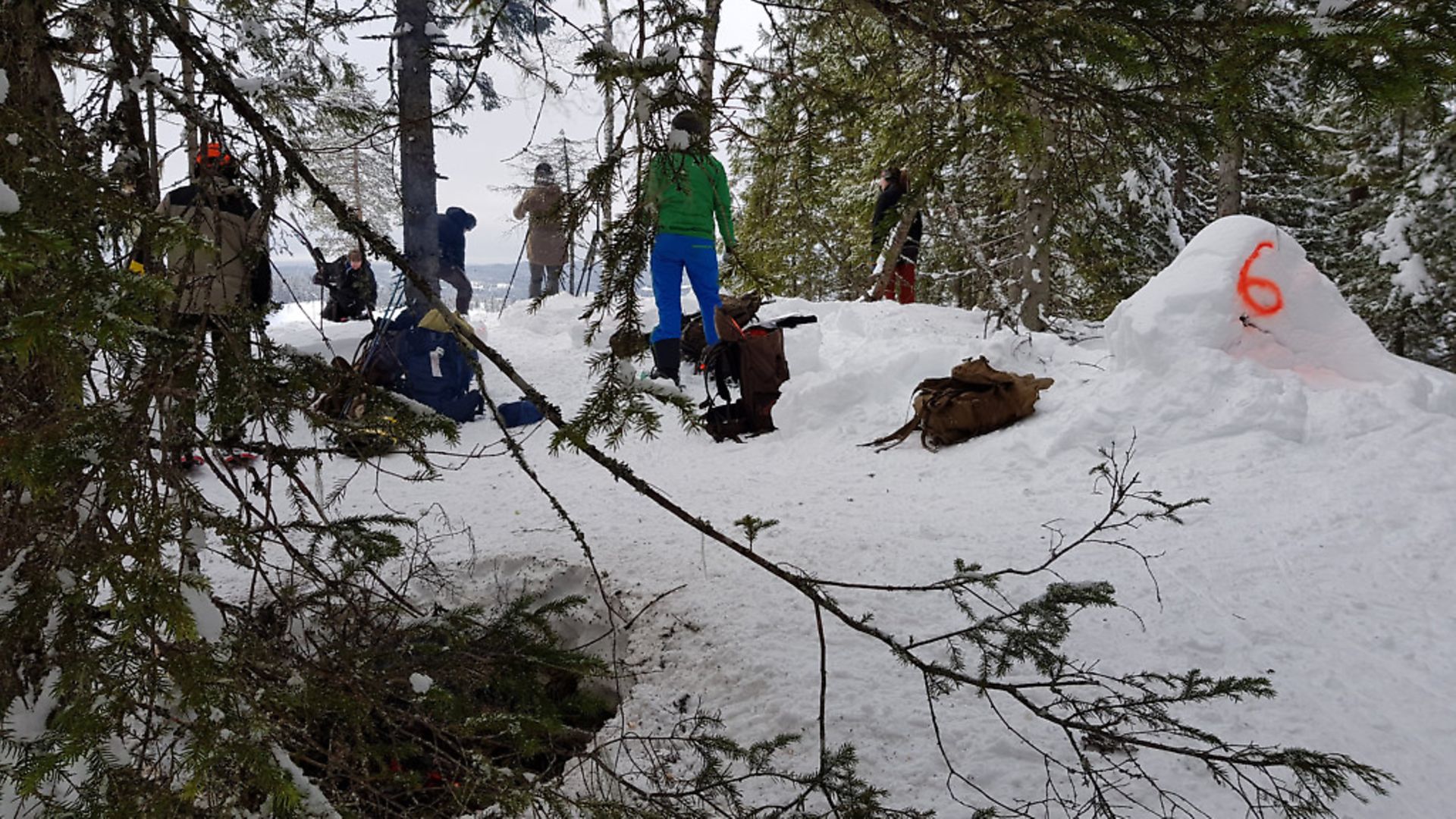 credit: Archant
credit: Archant
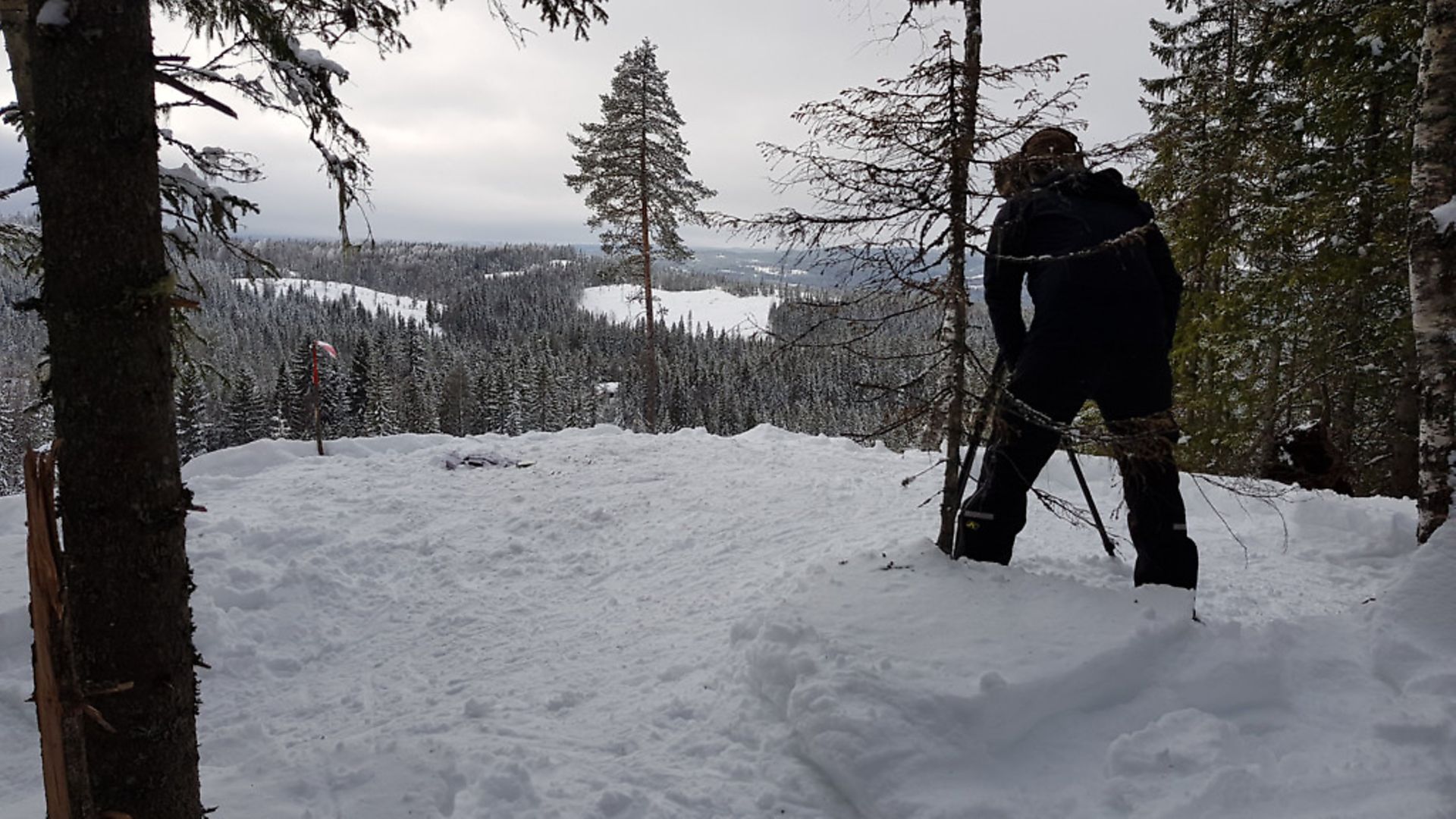 credit: Archant
credit: Archant
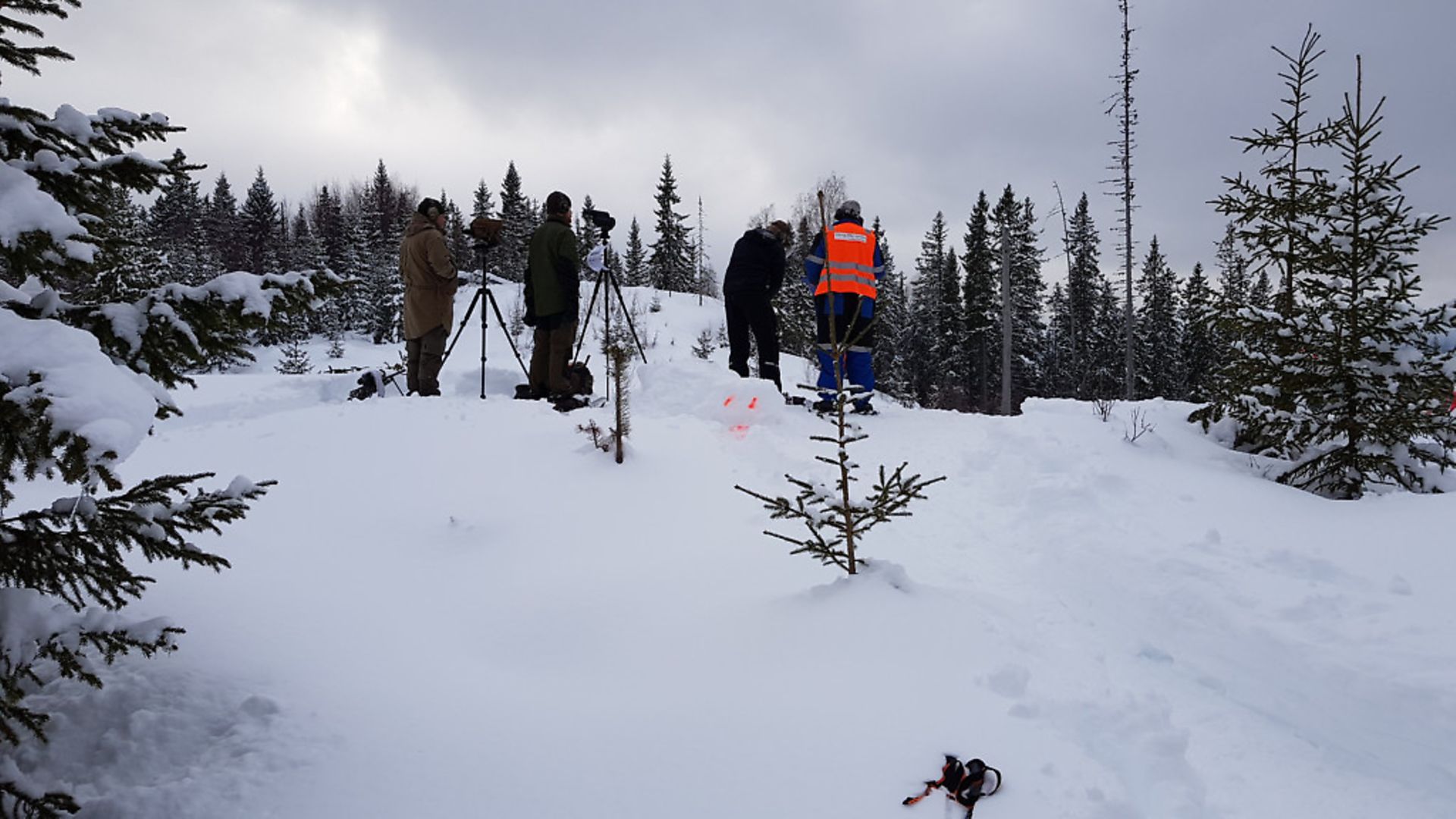 credit: Archant
credit: Archant
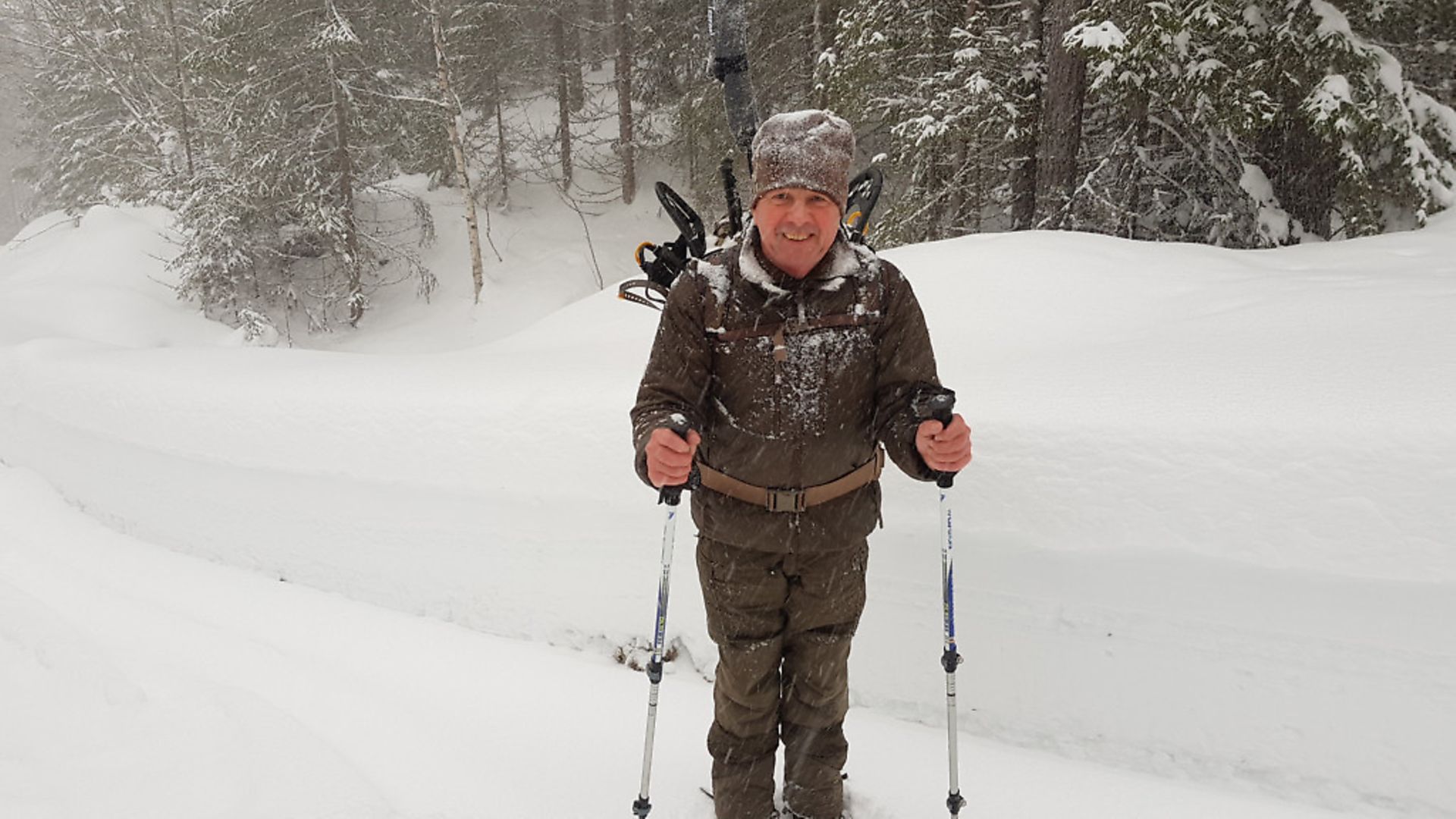 credit: Archant
credit: Archant
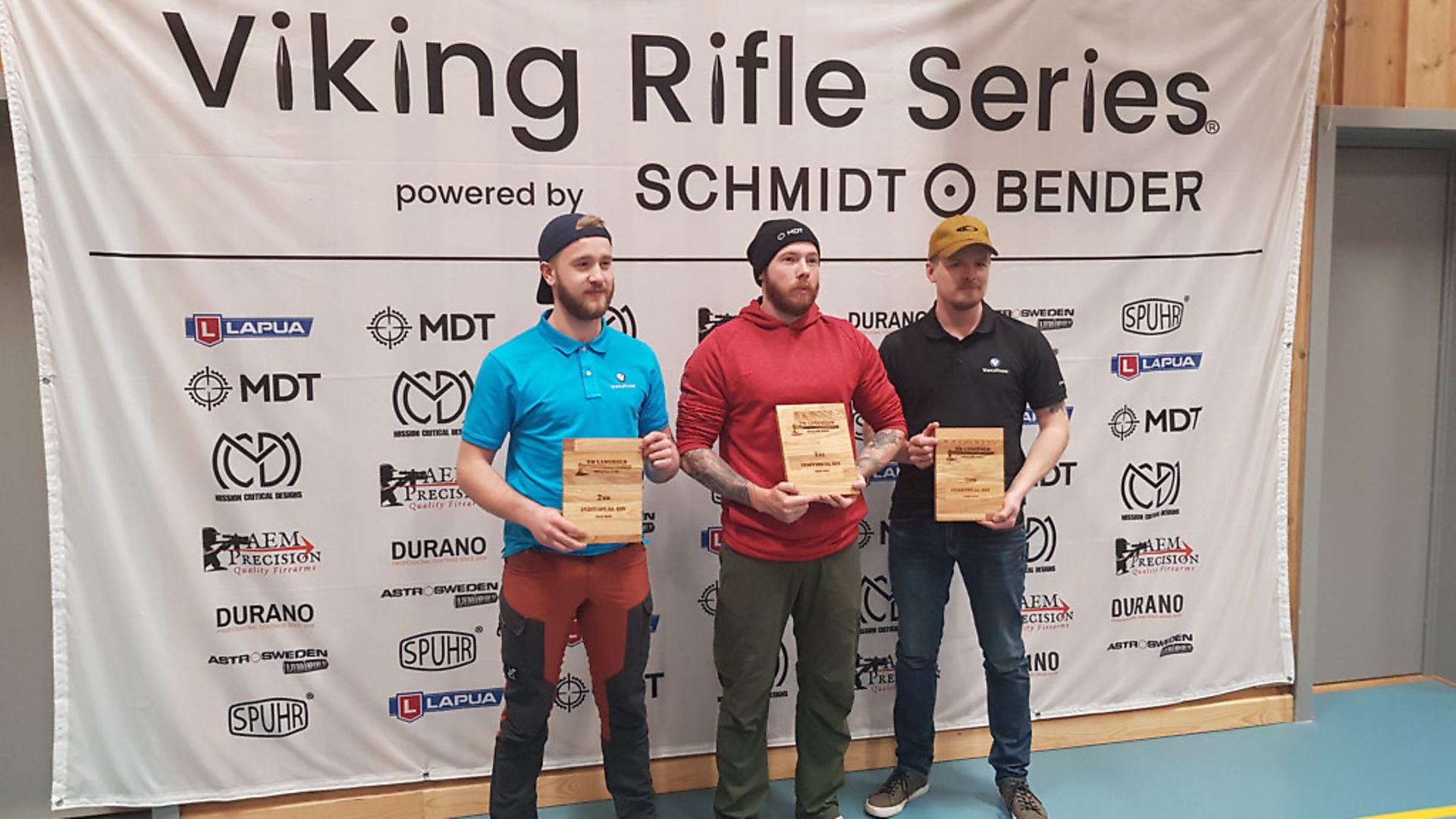 credit: Archant
credit: Archant
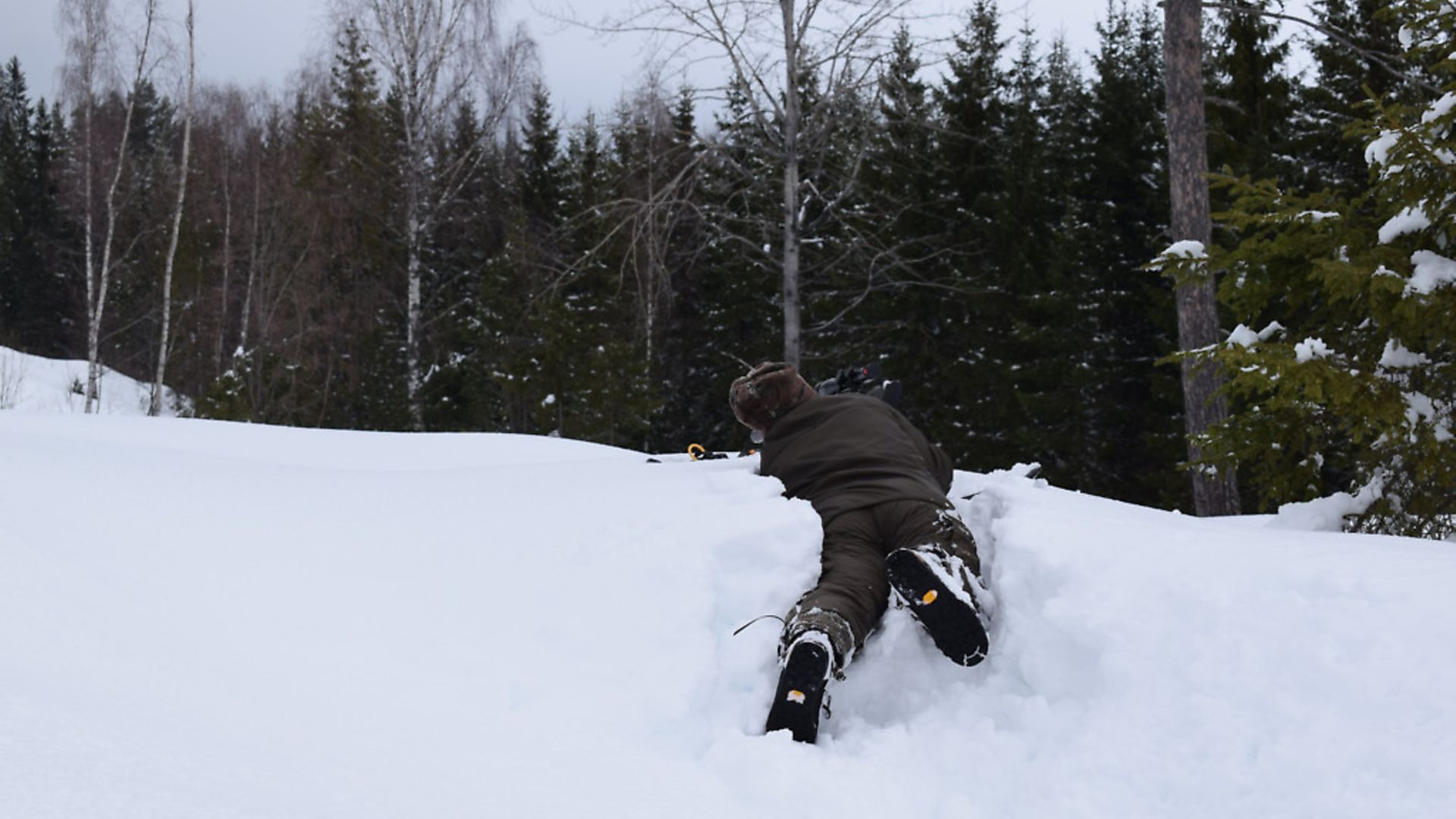 credit: Archant
credit: Archant
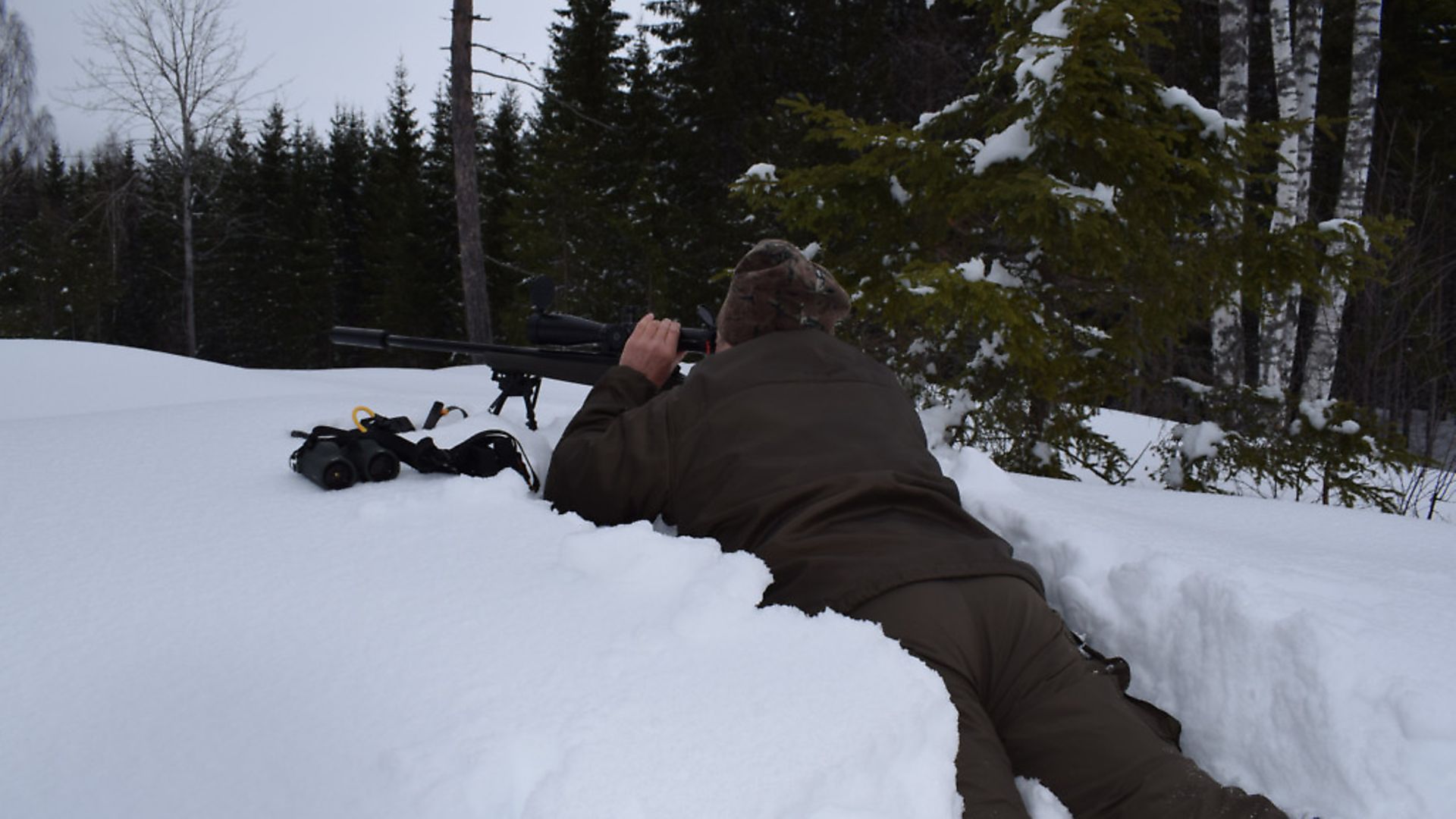 credit: Archant
credit: Archant
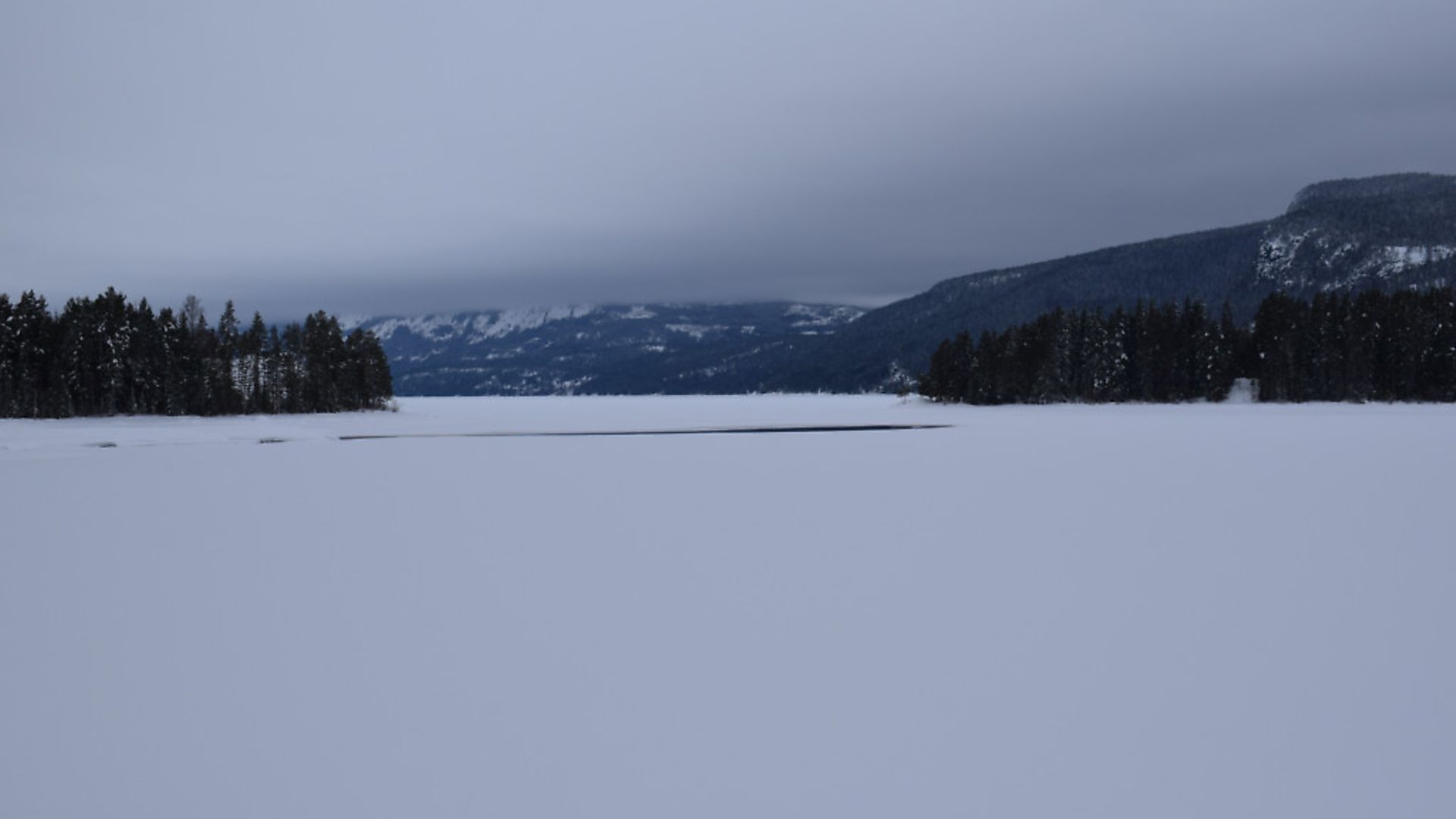 credit: Archant
credit: Archant
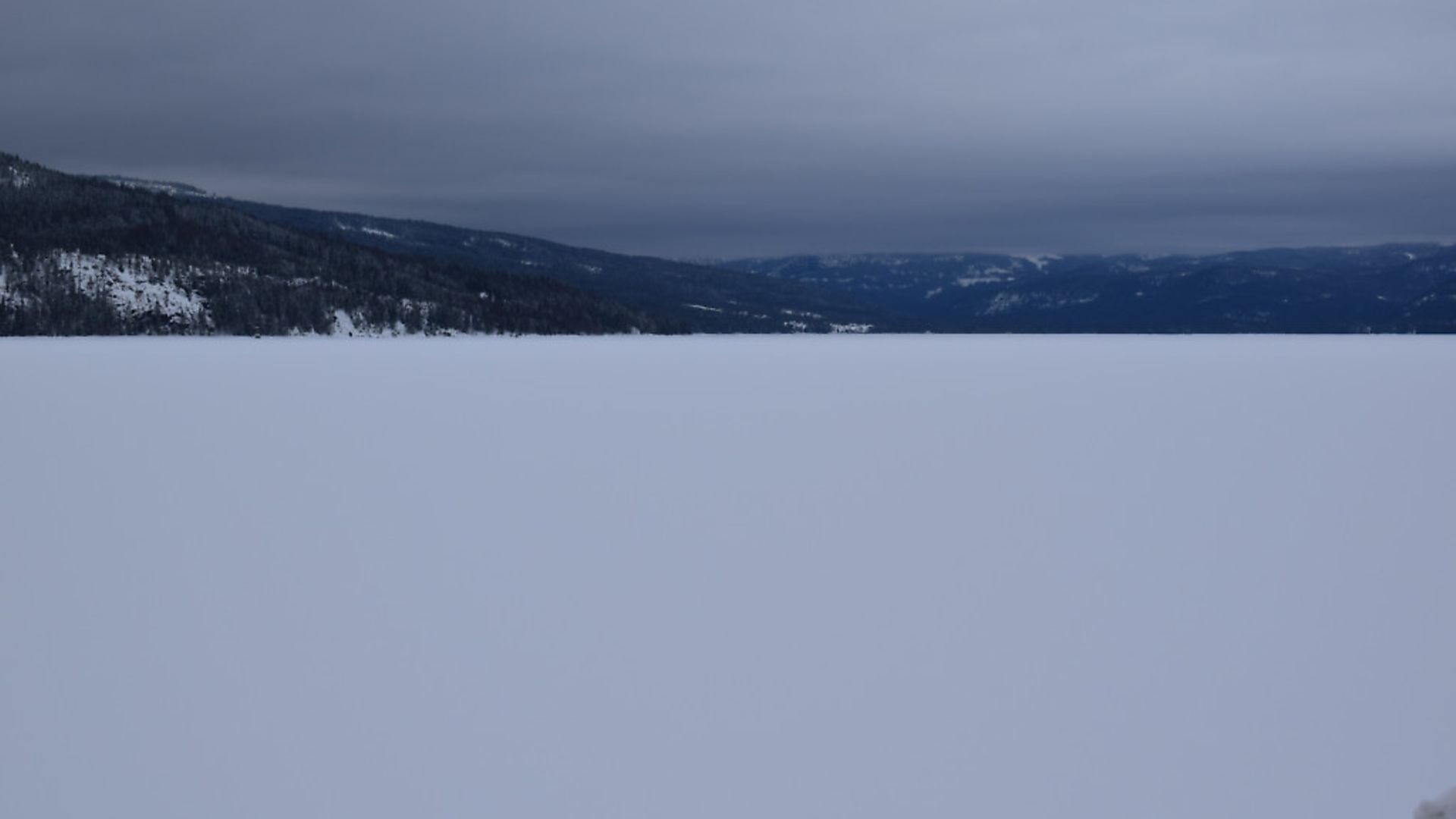 credit: Archant
credit: Archant